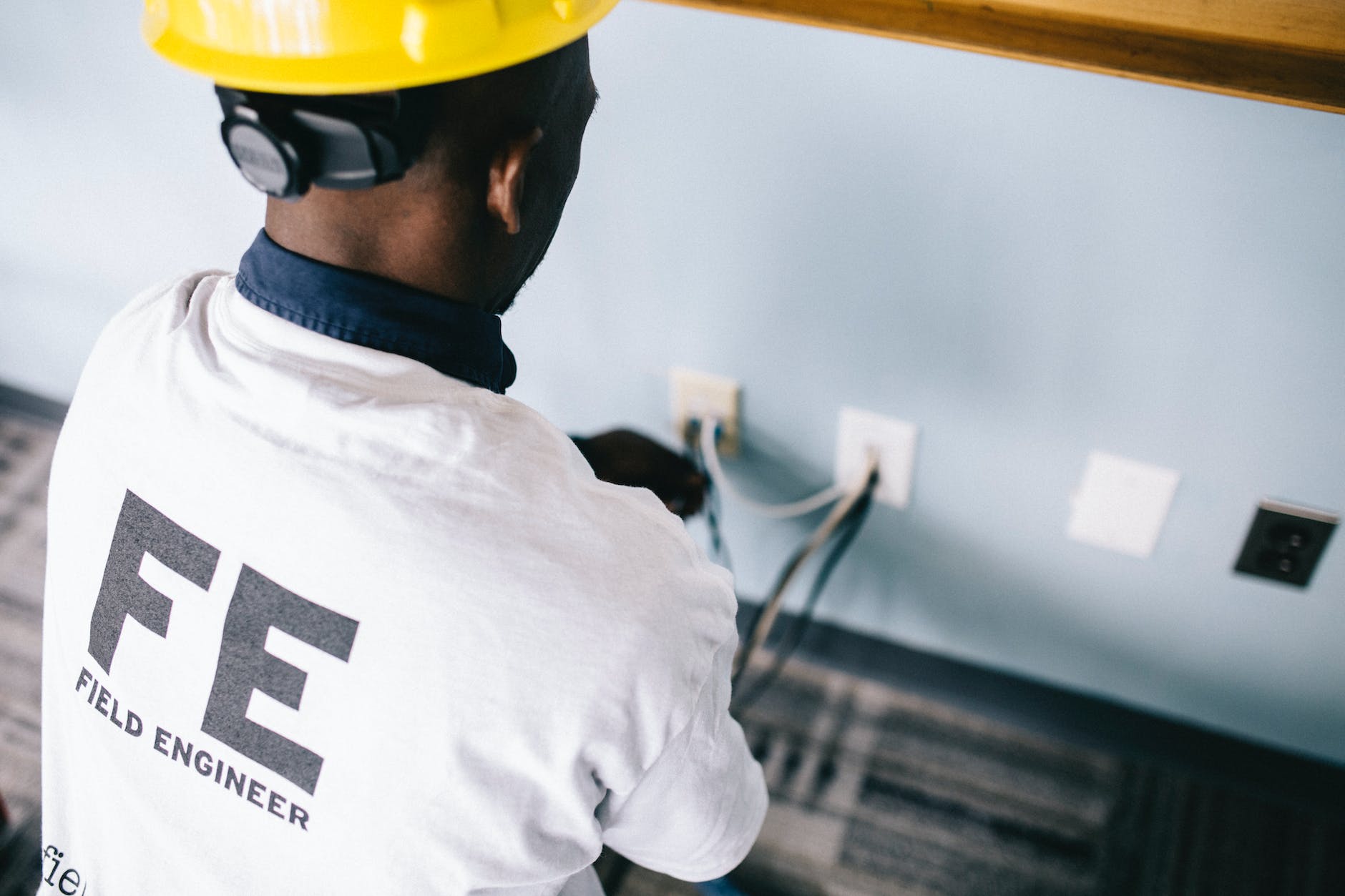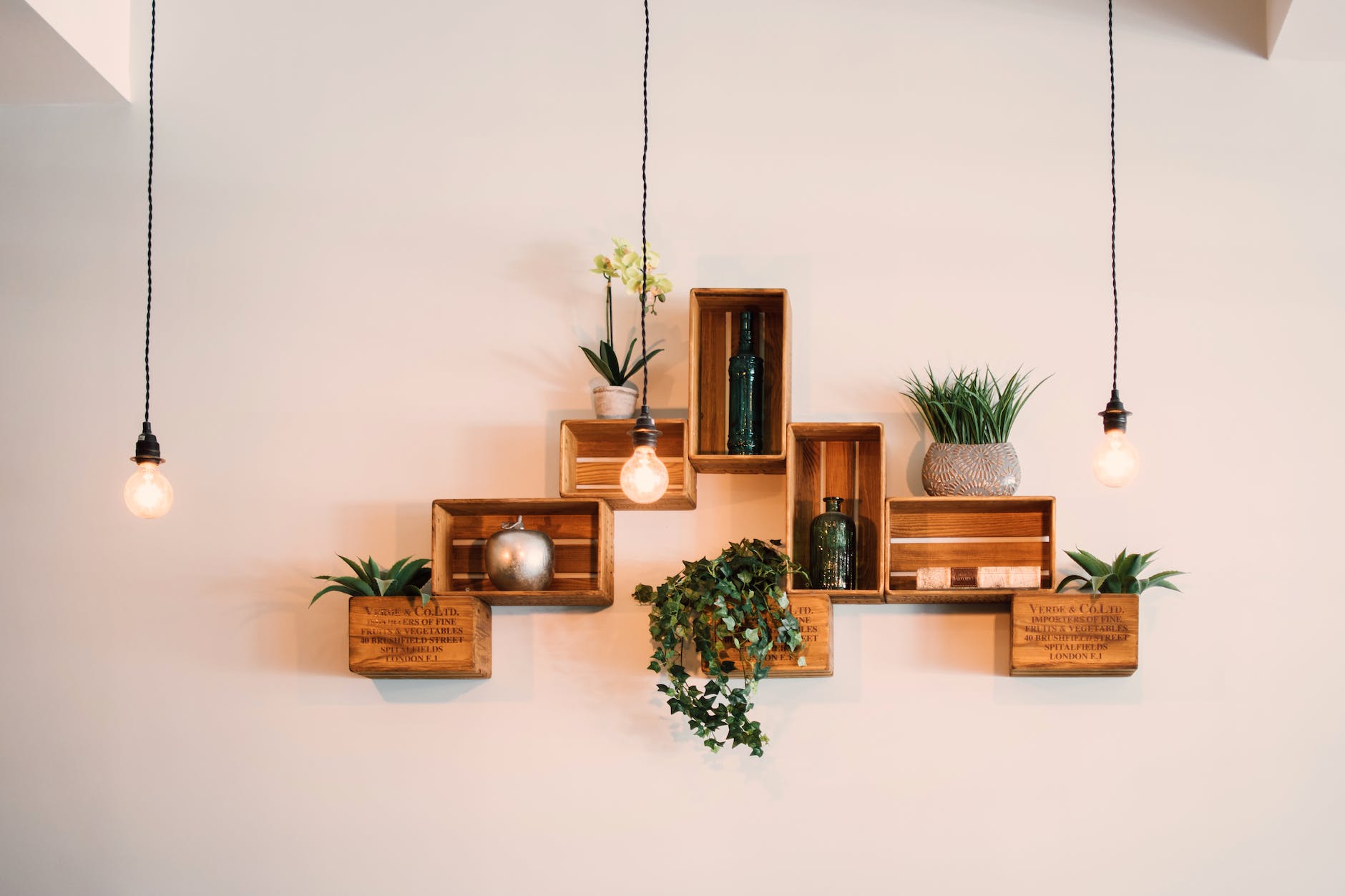Install Electrical Fittings Service can help you get the most out of your electrical installation by ensuring that your electrical fixtures are connected safely and efficiently. In this step-by-step guide, we’ll walk you through the process of installing Electrical Fittings Service.
Step 1: Gather Materials and Tools
To install Electrical Fittings Service, you’ll need the following materials and tools:
- Electrical Fittings Service components, such as outlets, switches, and covers
- Electrical wiring
- Wire strippers
- Wire nuts
- Electrical tape
- Screwdriver
- Pliers
- Voltage tester
Step 2: Turn off Power
Before starting any electrical work, turn off the power to the circuit that you’ll be working on. This can be done by flipping the circuit breaker switch or removing the fuse for the circuit.
Step 3: Prepare Wiring
Prepare the wiring by stripping the ends of the wires and connecting them to the Electrical Fittings Service components using wire nuts. Make sure to follow the manufacturer’s instructions for the specific components you’re using.
Step 4: Install Electrical Fittings Service Components
Install the Electrical Fittings Service components, such as outlets, switches, and covers, according to the manufacturer’s instructions. Make sure that they are secured tightly and positioned correctly.
Step 5: Test the Electrical Fittings Service
After installing the Electrical Fittings Service components, use a voltage tester to test the circuit and ensure that it’s functioning properly. Make sure that there are no loose wires or connections that could cause a hazard.
Step 6: Turn on Power
Once you’ve tested the circuit and confirmed that it’s working properly, turn the power back on to the circuit by flipping the circuit breaker switch or replacing the fuse.
Step 7: Check for Safety
Check the Electrical Fittings Service components for safety and proper function. Make sure that they are properly grounded and that the covers are securely in place.
Conclusion
Installing Electrical Fittings Service can be a straightforward process if you follow these steps and take the necessary safety precautions. Remember to turn off the power to the circuit before starting any electrical work, use the proper tools and materials, and test the circuit before turning the power back on. If you’re not comfortable with electrical work or unsure about any of the steps, it’s always recommended to consult with a professional electrician or electrical fittings service provider.


